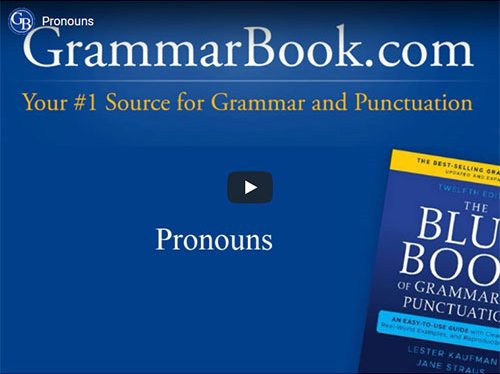|
Language evolves as we do. Over time, we become agents of change in shaping words to suit our sense of comfort, ease, and desired sound.
This agency appears when we add a sound to a word that is already established without it. For instance, perhaps we have said or heard "athlete" pronounced as "ath-uh-lete" or "real" as "ree-ul."
This inclination is known grammatically as epenthesis, which is the insertion of an extra sound into a word. The word itself originates from late Latin (from Greek): epentithenai ("to insert a letter"). According to Merriam-Webster online, its first use was in 1543.
Epenthesis is the opposite of elision, which is the dropping of a syllable, letter, or sound from a word or a phrase. While epenthesis might be used to create an unusual or original sound in writing or speech, it is most often applied to make pronunciation easier. It also can occur at the beginning, middle, or end of a word.
Epenthesis with Vowels
Some of us might instinctively add a sound to a word to break up consonants and make them more distinct.
For instance, in the case of "athlete," the middle th and l sounds merge, which also softens them. Epenthesis inserts a vowel sound to slow the transition between the merged and softened consonant sounds. This hardens them and makes them more apparent (e.g., "ath-uh-lete").
Similarly, those who may have watched Saturday-morning cartoons in years past might recall how Yogi Bear referred to a "pic-a-nic basket." This humorous idiosyncrasy is another example of breaking up consonant sounds with a vowel to distinguish them.
More Examples
"film" becomes "fil-um" (as might be heard in Ireland, Scotland, or South Africa)
"warm" becomes "war-um" |
Epenthesis with Consonants
We might insert a sound to bridge rather than break a consonant cluster. For example, in the word "something," we have an independent m sound close to a th sound. These sounds do not merge as fully as the middle consonants in "athlete," but for some people, they might still inspire a sound to further separate them: somepthing.
Another instance of this bridging can be heard when the word "hamster" is pronounced as "hampster" and "warmth" is spoken as "warmpth" or "worp-th."
Epenthesis likewise can be found in the adding of consonant sounds to the ends of words that already conclude with one: among > amongst, toward > towards.
These instances are perhaps more subtle, as well as influenced by origin, dialect, and linguistic change over time. For example, amongst may be more common in British English than in American English.
The words toward and towards are still interchangeable in American English, and use is often determined by familiarity with one or the other as well as preferred sound.
A sound might also be inserted to prevent what's referred to as vowels in hiatus, or two separate vowel sounds in adjacent syllables with no intervening consonant, as in a word such as "drawing."
In "drawing," the w and i merge to create a blended vowel sound between the syllables. Although potentially considered rural or dialectical, epenthesis in American English might insert an r sound to interrupt the hiatus: draw-r-ing.
Epenthesis applies to the articles "a" and "and" as well. We allow the article "a" to stand alone when it precedes a word that begins with a consonant: a booth, a tree. However, if "a" precedes a word that starts with a vowel, we apply epenthesis with an "n" sound to create what we hear as a better transition: an acorn, an igloo.
Epenthesis in the Middle Ages
Epenthesis has followed us for as long as we have been using English to communicate.
In the late Middle Ages, epenthesis changed earlier forms of words we widely accept and understand today: messager > messenger, passager > passenger, jaunice > jaundice. Those who are familiar with French might recognize that the epenthesis altered French words into more-Anglo ones.
Other examples of epenthesis during Middle English were "nighte-gale" to "nightingale" and "thoner" to "thunder."
Epenthesis Among Children
While epenthesis can be used by anyone, it is most common among children 3.5 years old and younger as they begin to assimilate language during this early formative period.
In their developing minds, young children will often add sounds that assist the pronunciations they are hearing and trying to imitate. A few examples of this might be saying "buh-loo" for "blue," "buh-red" for "bread," and "puh-lay" for "play."
We can see in these examples that each word includes an initial consonant cluster: blue, bread, play. A young child might break up these clusters for easier pronunciation by using epenthesis with a vowel sound.
Epenthesis: More Examples
The following are more everyday instances of epenthesis in which a sound is added or changed for pronunciation:
| Word |
Pronounced With Epenthesis |
| cummerbund (cum-er-bund) |
cum-ber-bund |
| jewelry (jool-ree) |
jula-ree |
| mischievous (mis-cheh-vus) |
mis-chee-vee-us |
| nuclear (noo-klee-er) |
noo-kyoo-ler, noo-kyuh-ler |
| realtor (ree-uhl-ter) |
reel-uh-ter |
Related Topic
Misspoken or Mispronounced Words and Phrases
|





